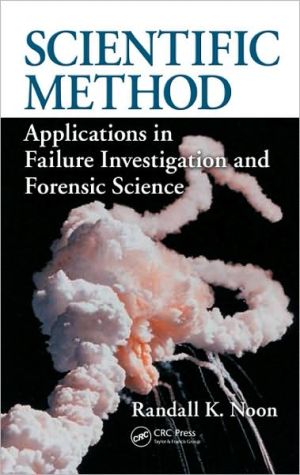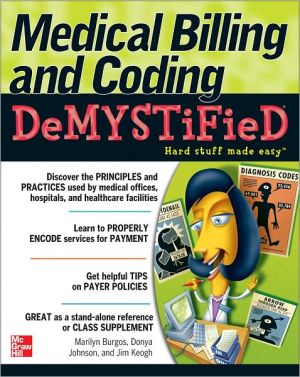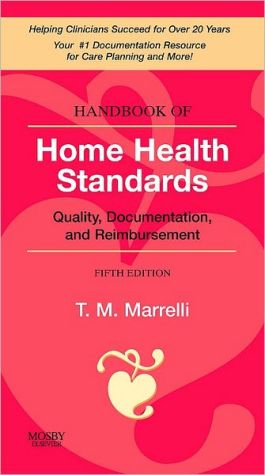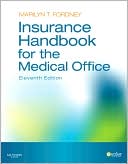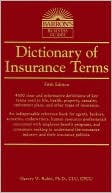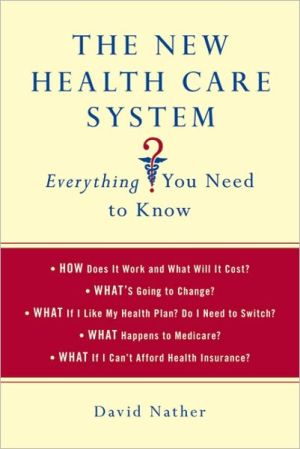Scientific Method: Applications in Failure Investigation and Forensic Science
Most failure or accident investigations begin at the end of the story: after the explosion, after the fire has been extinguished, or after the collapse. In many instances, information about the last event and the starting event is known reasonably well. Information about what occurred between these endpoints, however, is often unclear, confusing, and perhaps contradictory. Scientific Method: Applications in Failure Investigation and Forensic Science explains how scientific investigative...
Search in google:
Most failure or accident investigations begin at the end of the story: after the explosion, after the fire has been extinguished, or after the collapse. In many instances, information about the last event and the starting event is known reasonably well. Information about what occurred between these endpoints, however, is often unclear, confusing, and perhaps contradictory. Scientific Method: Applications in Failure Investigation and Forensic Science explains how scientific investigative methods can best be used to determine why and how a particular event occurred.While employing examples from forensic engineering, the book uses principles and ideas applicable to most of the forensic sciences. The author examines the role of the failure investigator, describes the fundamental method for investigation, discusses the optimal way to organize evidence, and explores the four most common reasons why some investigations fail. The book provides three case studies that exemplify proper report writing, contains a special chapter profiling a criminal case by noted forensic specialist Jon J. Nordby, and offers a reading list of resources for further study.Concise and illustrative, this volume demonstrates how the scientific method can be applied to failure investigation in ways that avoid flawed reasoning while delivering convincing reconstruction scenarios. Investigators can pinpoint where things went wrong, providing valuable information that can prevent another catastrophe.
The Fog Went Thud vSeries Preface xiForeword xiiiPreface xviiAbout the Author xix1 Introduction 1General 1What a Failure Investigator Does 4The Conclusion Pyramid 6Some Common Terms of the Art 9Crime versus Failure 14How Accidents and Failures Occur 15Eyewitness Information 16Exchange I 17Exchange II 17Some Investigative Methods 17Role in the Legal System 182 The Fundamental Method 21The Fundamental Basis for Investigation 21The Scientific Method 22The Value of Falsification 27Iteration: The Evolution of a Hypothesis 36Lessons Learned 423 More about the Fundamental Method 43More Historical Background 43A Comparison of Deductive and Inductive Reasoning 51Apriorism and Aposteriorism 59Sophistry 63The Method of Exhaustion 69Coincidence, Correlation, and Causation 72Applying the Scientific Method to Determine a Root Cause 74The Scientific Method and the Legal System 75Convergence of Independent Methods 76Occam's Razor 774 Organizing Evidence 81Data Collection and Efficient Sorting Schemes 81Verification of Facts 83Organization of Data and Evidence: Timelines 86Cause-and-Effect Diagrams 89A Place to Start 96Event and Causal Factors Diagrams 97Investigation Strategies 101Scientific Method 101Fault Tree Analysis (FTA) 101Why Staircase 102Human Performance Evaluation Process (HPEP) 103Change Analysis 104Barrier Analysis 105Motive, Means, and Opportunity (MMO) 107Management Organizational Risk Tree (MORT) 109Proprietary Investigation Methods 1105 Four Common Reasons Why Some Investigations Fail 113Introduction 113Reason 1 The Tail Wagging the Dog 113Reason 2 Lipstick on a Corpse 115Reason 3 Elementary, My Dear Watson, Elementary 116Reason 4 Dilution of the Solution 1186 Report Writing: Three Case Studies 121Reporting the Findings of an Investigation 121Three Sample Reports 1277 Misplaced Method in the Science of Murder Jon J. Nordby 155Introduction 155The Scene 155Further Search of the Premises 157The State's Expert Reconstructs the Murder from the Clues 158Revisiting the Scene Science: The Problem of Data 160Testing to Develop Scientific Inferences from Data 162Scientific Inferences from the Decedent's Sweater 162Scientific Inferences from the Suspect's Glasses 166Scientific Conclusions about the Shooting Events 1728 Reading List 173Books and Monographs 173Papers and Articles 108Index 183
